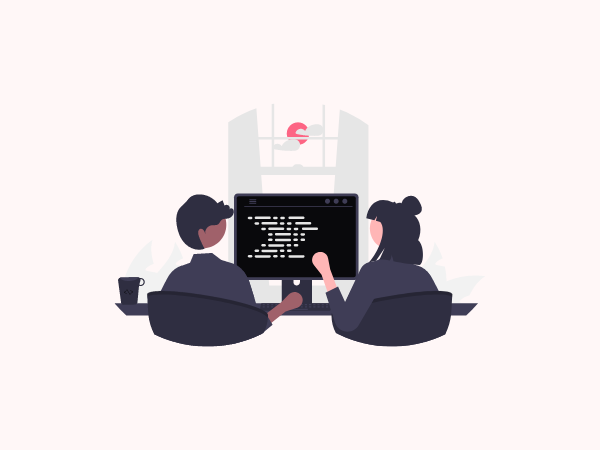What is mcafee endpoint product removal tool : McAfee Endpoint Protection (impact) is a computer security application that is used on Windows and Mac OSX-based systems. It is created by McAfee to provide antivirus and security features.
What is mcafee endpoint product removal tool
The system offers an easy-to-use interface that allows users to quickly remove threats and perform various tasks on the system. Users can also install updates, run diagnostic scans, and perform other tasks using this tool. Endpoint Protection provides constant protection for the system and allows users to quickly remove any threats to their systems.
A common endpoint detection technique used with Endpoint
A common endpoint detection technique used with Endpoint Protection is heuristic scanning. This technique examines the behavior of applications while they’re running on the system to detect potential threats. User interface scanning is another common scanning technique that performs similar functions to heuristic scanning but uses more precise controls over what gets scanned and how aggressively it’s done. The third type of endpoint scanning technique is kernel mode execution, which runs in kernel mode so that it doesn’t interfere with or slow down system functions.
The nature of the system integrity protection provided by impact involves locking down key aspects of a computer’s operating system so that malicious programs can’t change them without detection from impact. This protection prevents unknown programs from modifying critical aspects of a computer, such as startup files, roaming profiles, service startup locations, active directory passwords, and registry keys. Integrity protection works through several layers of security that monitor processes running on the system for unwanted changes and immediately terminate any detected changes. Unwanted processes are terminated before they have a chance to make any unwanted changes on the operating system or in user files. To avoid interfering with user functionality, impact only terminates unwanted processes if they make unwanted changes to files or the operating system without detection from impact first.
The possible results of removing this protection vary depending on how aggressive users are when removing threats from their computers under this protection mechanism. If users aren’t cautious about what they remove when using this feature, anything could potentially go wrong after taking this protection away from their systems. Some things that could potentially happen include: unknown malware reinstallations; deleted files reappearing in different places; deleted user accounts being recreated; files disappearing or becoming corrupted; or other unknown problems caused by malignant code reinstallations after removing this protection from the system. As such, users should be aware of what can happen when removing this type of protection before doing so since doing so could have serious consequences for their systems and data.
Although some people think that the removal of endpoint protection will have no negative effects on their computers, it does have some potential consequences if users aren’t careful about what they do after taking this feature away from their systems. Endpoint Protection provides constant protection for Windows and Mac OSX-based systems by locking down critical aspects of these operating systems so malicious programs can’t change them without detection from impact first. Under this protection mechanism, user interface scanning performs similar functions to heuristic scanning but uses more precise controls over what gets scanned and how aggressively it’s done. Unwanted processes are terminated before they have a chance to make any unwanted changes on the operating system or in user files. Although some people think that removing endpoint protection won’t have any negative effects, there are some potential consequences if users aren’t careful about what they do after taking this feature away from their systems.



.png)


0 Comments